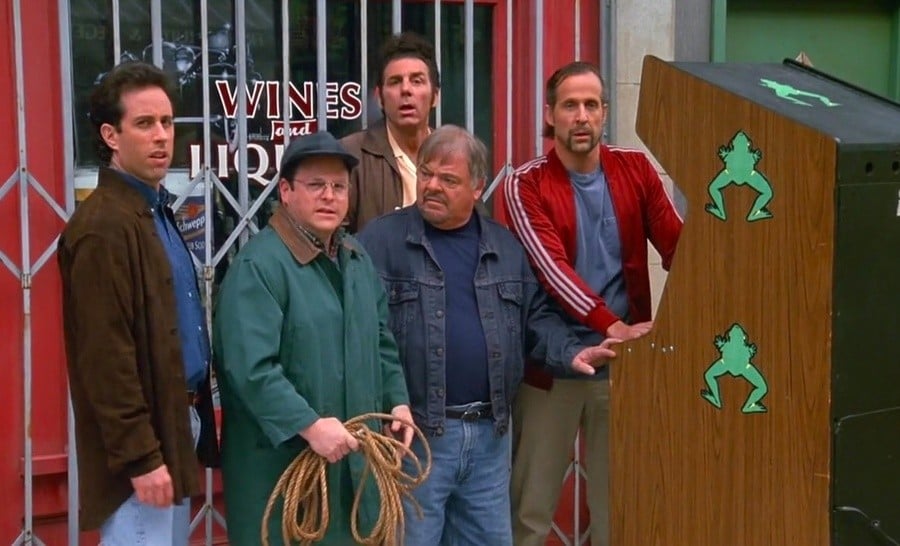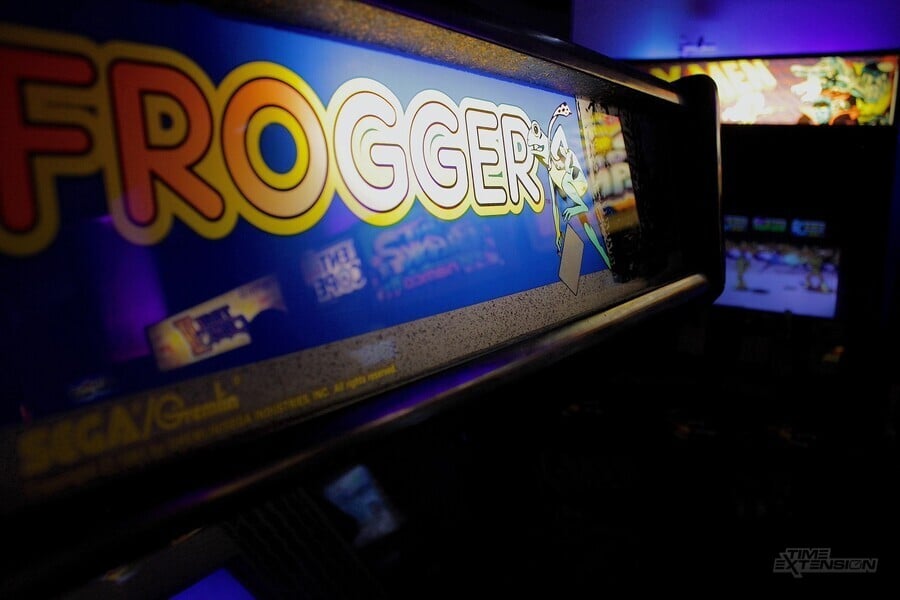
Konami's 1981 title Frogger is arguably one of the most famous arcade video games of all time (being subject to constant references in pop culture including in the memorable Seinfeld episode "The Frogger" where Jason Alexander's character George Constanza tries to maintain his high score at his high school pizza joint). The origins of the game, however, are surprisingly mysterious. This is because, like many other arcade companies at the time, Konami didn't credit its developers, with the studio instead claiming sole responsibility for all its games (in order to prevent headhunting).
Last year, by pure dumb luck, we managed to get talking to a former Konami programmer called Masahiro Inoue, who revealed during our discussion that he had actually worked on a sound effect for Frogger as one of his first jobs at the company. So, obviously wanting to know more about the game's development, we asked him if it would be possible for him to shine a light on who else was involved in the making of Frogger and put the mystery of its anonymous creators to bed; fortunately, for us, he was more than happy to oblige. However, first, we should probably address the elephant-sized frog in the room.

If you happen to look up the history of Frogger online, there's a fairly high chance that you'll encounter several articles and videos claiming that the classic game is actually based on a true story. This story typically involves a Konami employee named Akira Hashimoto coming up with the idea after stopping his car at a traffic light one day and seeing a frog struggling to cross a busy road.
This has been reported in the past by places like Mental Itch and The Gamer, and on YouTube channels like PatmanQC. But, when we asked Inoue about this, he claimed that he didn't know anyone by that name. Instead, he tells us that Frogger is actually the work of Takahide Harima and potentially two other programmers inside Konami.
Harima is a figure who barely has a footprint online, with one of the only references to him being a GDRI listing (taken from the Canadian Copyrights database), which implied that he might be the same person as Toshio Arima (another programmer who was at Konami during this period). As Inoue clarified to us back in 2022, however, they are actually two separate people, with Harima being involved with titles like Video Hustler (1981), Time Pilot (1982), and Gyruss (1983), among others.
In the past, Inoue credited Harima with coming up with the idea of using VRAM to display the bullets in Time Pilot to allow more projectiles on screen, while another former Konami employee Yoshiki Okamoto called Harima "a genius" for thinking of the concept. Sadly, it seems to be unknown what has happened to Harima, with the creator simply vanishing from the games industry. We've tried our best to try and track him down to find out more about the development of these early arcade games but have so far been unsuccessful. We'll continue to do everything we can, in the hopes of shedding a bit more light on these landmark games.
